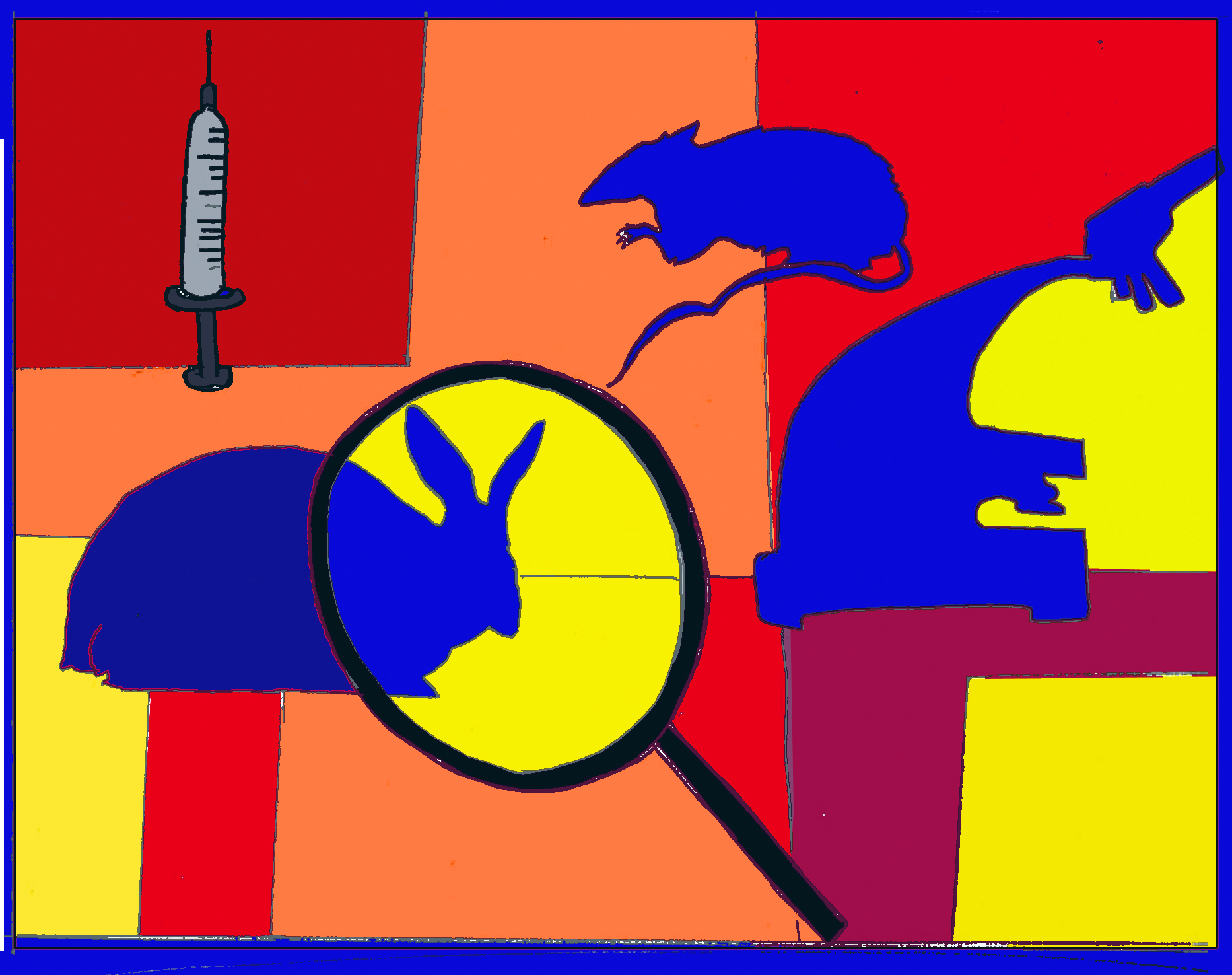Genetically engineered this, mouse model of that – we seem to hear these phrases often in science news lately, and the number of animals used in biological research today is larger than ever before. Why is this?
Animal research is a topic that is often met with negative publicity, much of which is tied to ethical concerns, and whether the use of living creatures is justified. Many critics suggest that we should be moving toward other research methods, such as behavioural studies or field research, to answer the same questions.
In particular, the use of mice in research has seen the greatest increase compared to various other conventional animal models, due to the relative ease with which they can be genetically engineered. The mouse is seen as invaluable to human disease research because of how closely their genome matches ours (a whopping 99 per cent similarity). We also share a great number of physiological and pathological features, which means much of what we learn from these models can be applied to humans.
Dr. Nahum Sonenberg, a professor in the Department of Biochemistry at McGill, whose lab was able to reverse autism symptoms in genetically-engineered mice, explained the process involved in developing animal models of human disease.
Sonenberg’s lab develops models of cancer, but the development of mouse models is an extensive process. Before manipulating genes in animals, the underlying biochemistry needs to be understood – the process begins in a test tube. The biology of cancer, for example, is first studied in tissue cultures, and even at this level, much can be learned. However, these studies are unable to reveal the process that is occurring in the body during the course of the disease. This is where animal models come in. By creating animal models of diseases, not only are these scientists better able to understand the progression of the illness, but they are also provided a vehicle through which drugs can be developed for treatment to be used in human patients.
In order to develop treatment for human disorders from cancer to autism, we require studies using an intermediate between tissue cultures and human testing. Animal models fill this space today. “We can’t directly go to humans when looking at drug studies. We need to go to the animal models before moving to clinical trials. This is a must. There is no other way – at least not yet,” said Sonenberg.
Animal models have also become increasingly sophisticated over the years – one particularly exciting new technology developed within the last few years is optogenetics, which was nominated by Nature as “Method of the Year” in 2010, and “the breakthrough of the decade” by Science. Optogenetics is a neuromodulation technique through which neurons can be selectively activated by light. According to Dr. Antoine Adamantidis, a professor in the Department of Psychiatry working at the Douglas Institute, the method bridges the important gap between correlation and causation. The scientific approach can be divided into two categories. The first consists of correlational studies, which involve the search for patterns in nature. For instance, if we continuously see activation of a group of neurons right before a certain behaviour is produced, we can deduce that there is some sort of relationship between these two events.
The second approach uses causational studies. More specifically, this requires looking at gain or loss of function. In this technique, certain genes are manipulated in transgenic animals in order to mimic the effects of a certain disease. If we ‘knock out’ a gene and a certain phenotype is no longer expressed, we can quite confidently say that this particular gene was responsible for the function that was lost. Optogenetics can add a level of temporal specificity that could not be achieved with previous gene manipulations – at least in neuroscience. Scientists can now selectively activate neural circuits, and see what happens to the animal’s behavior when this occurs.
How much, though, can these techniques and animal models tell us about humans? According to those working in the field, quite a bit. The level of similarity between humans and mice does depend on what you are studying – in Adamantidis’ lab, which conducts sleep research, the neuronal populations in mouse brains also exist in human brains. It turns out that there are many brain areas that are well conserved across humans and mice.
The usage of animal models in research has great potential. It is important to note however, that the success of these research programs also rests in other types of research, such as studies of clinical populations, behavioural studies, and molecular biology. According to Adamantidis, “Human and animal research need to occur simultaneously. There is an interconnection between the two worlds that is necessary in order to answer the big questions.” The information interchange that occurs across the different levels of scientific analysis is a crucial step in the process. In Sonenberg’s research, the steps that occur in a test tube are just as critical to building the mouse model of a disease as engineering the mouse model itself.
Animal models are an extremely useful tool for understanding human biology and have the potential to help unearth treatment options for many human diseases. They have received a lot of press in recent years – and for good reason: the discoveries made through these techniques are quite incredible. The use of animals in research is invaluable to scientists today, particularly in medical and academic disciplines. However, good science is not achieved by isolating one technique. Science began with observations, and even in a high-tech science age, these observations remain a critical step in the scientific process; techniques that allow these observations should not be neglected. It is the combination of different methodologies that will ultimately lead us to the answers to our questions.

